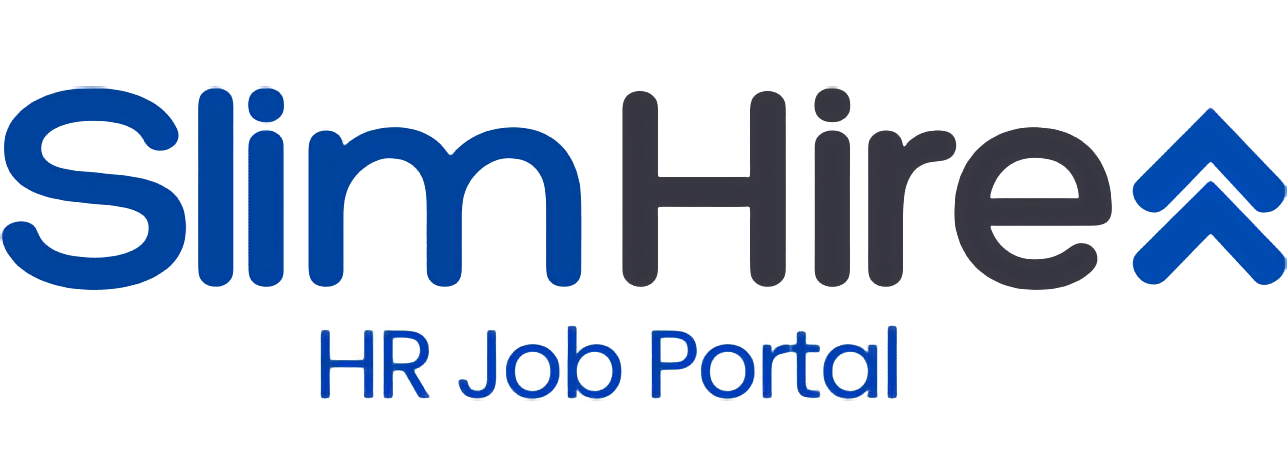How to Build a Practical HR Org Chart for Growing Companies (Based on Business Stage, Not Headcount Alone)
Many businesses expand operations, launch new sites, or scale teams—yet still operate with outdated HR structures. A lean HR org chart isn’t about how many HR staff you have, but how those roles are structured, deployed, and aligned with your business growth stage.
This guide outlines how to design and adjust your HR organization structure for Energy, Manufacturing, and Healthcare companies operating across Indonesia—tailored to real business needs, not just “best practice” theory.
1. The Problem with Traditional HR Org Charts
Most HR org charts follow a static model:
- Recruiter > HR Officer > HR Manager > HR Director
- Or worse, a one-person HR team juggling everything
But these miss functional specialization, fail to account for multi-site complexity, and often result in:
- Overworked HR generalists
- Compliance blind spots (esp. in regulated industries)
- Poor HR service delivery for employees and business leaders
2. Design Principles for Modern HR Structures
A. Stage-first, not size-first
- Don’t wait for 500 employees to split roles.
- Start with what the business demands.
B. Site-based vs. function-based
- HRBP roles for high-impact sites (plants, hospitals, energy blocks).
- Centralized COEs for talent, compliance, C&B.
C. Compliance-aligned structure
- Especially for hospitals and energy firms: roles for BPJS, SLK3, licensing, and union/IR handling.
3. Growth Stage-Based HR Org Chart
| Business Stage | Suggested HR Structure | Notes |
|---|---|---|
| Early (0–50 FTEs) | 1 HR Generalist or HRBP | Covers admin, payroll, basic TA |
| Growing (50–200 FTEs) | Add C&B + Talent Acquisition + Admin | Specialist support begins |
| Expanding (200–500 FTEs) | HR Manager + TA + L&D + Compliance | Split roles across locations |
| Multi-site (500+ FTEs) | HRBP per site + Shared Service Center + COEs | Centralized strategy, local delivery |
4. Sector Examples: Realistic HR Structures
Energy Company – Mid-size (250+ FTEs, multiple provinces)
- HRBP (each site/block)
- Talent Acquisition Lead
- HSE & Industrial Relations Officer
- C&B & Payroll Specialist
- HR Admin Coordinator (site-based)
- HR Manager (Jakarta HQ)
- Optional: Legal liaison (for contract/licensing support)
Manufacturing Company – Multi-plant setup (500+ FTEs)
- HR Manager (central)
- HRBP per plant
- TA Specialist
- Training Officer (technical & soft skills)
- IR & Union Coordinator
- C&B Analyst
- Admin team (2–3 pax)
- Optional: Systems or HRIS Coordinator
Healthcare Group – 3 Hospitals + Clinics (700+ FTEs)
- Head of HR Group
- HR Manager (each hospital)
- Clinical Training & L&D Lead
- C&B + BPJS Officer
- Medical Licensing & Credentialing Support
- HR Generalist (clinic branch level)
- IR/Admin Support Team
5. Tips for Adjusting Org Charts as You Grow
- Every 100–150 new employees = review HR structure
- New site or unit = assign HRBP early
- High turnover or audit fail = often a sign of structural gap
- New regulation = consider Compliance Officer or Legal Liaison roles
6. Tools & Templates
- SlimHire HR Org Builder Canvas (role-by-function layout)
- Workload Mapping Sheet (assign HR tasks by headcount/site)
- COE vs. BP vs. Admin Model Chart (understand each layer)
7. Final Advice
Don’t design HR teams to match headcount.
Design them to match risk, complexity, and business rhythm.
A well-structured HR function:
- Improves service delivery
- Supports business leadership better
- Reduces compliance risks
- Makes hiring faster and retention stronger
Need help structuring your HR team for growth?
SlimHire can help assess your current structure, recommend improvements, and even source key HR talent that fits the role—fast.
